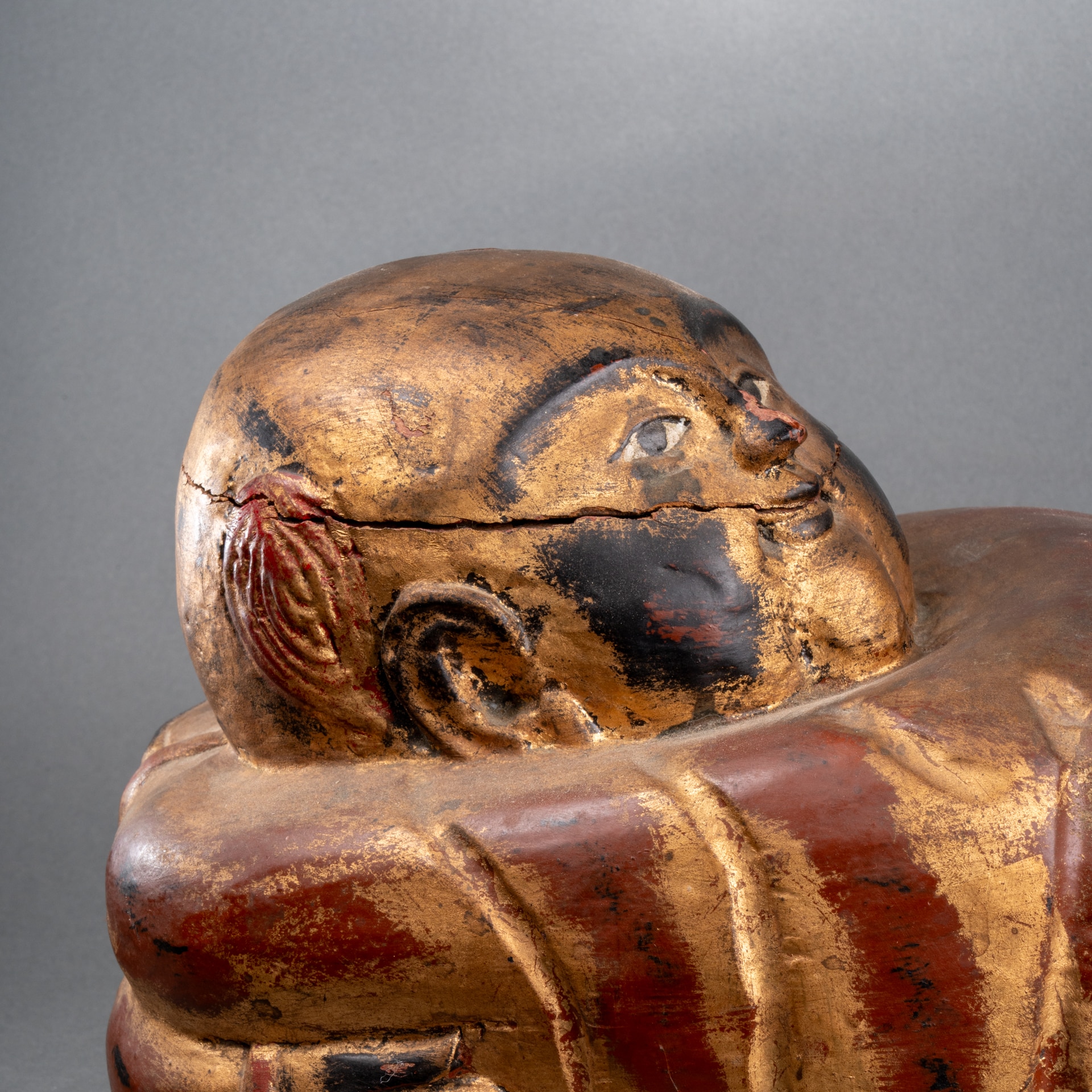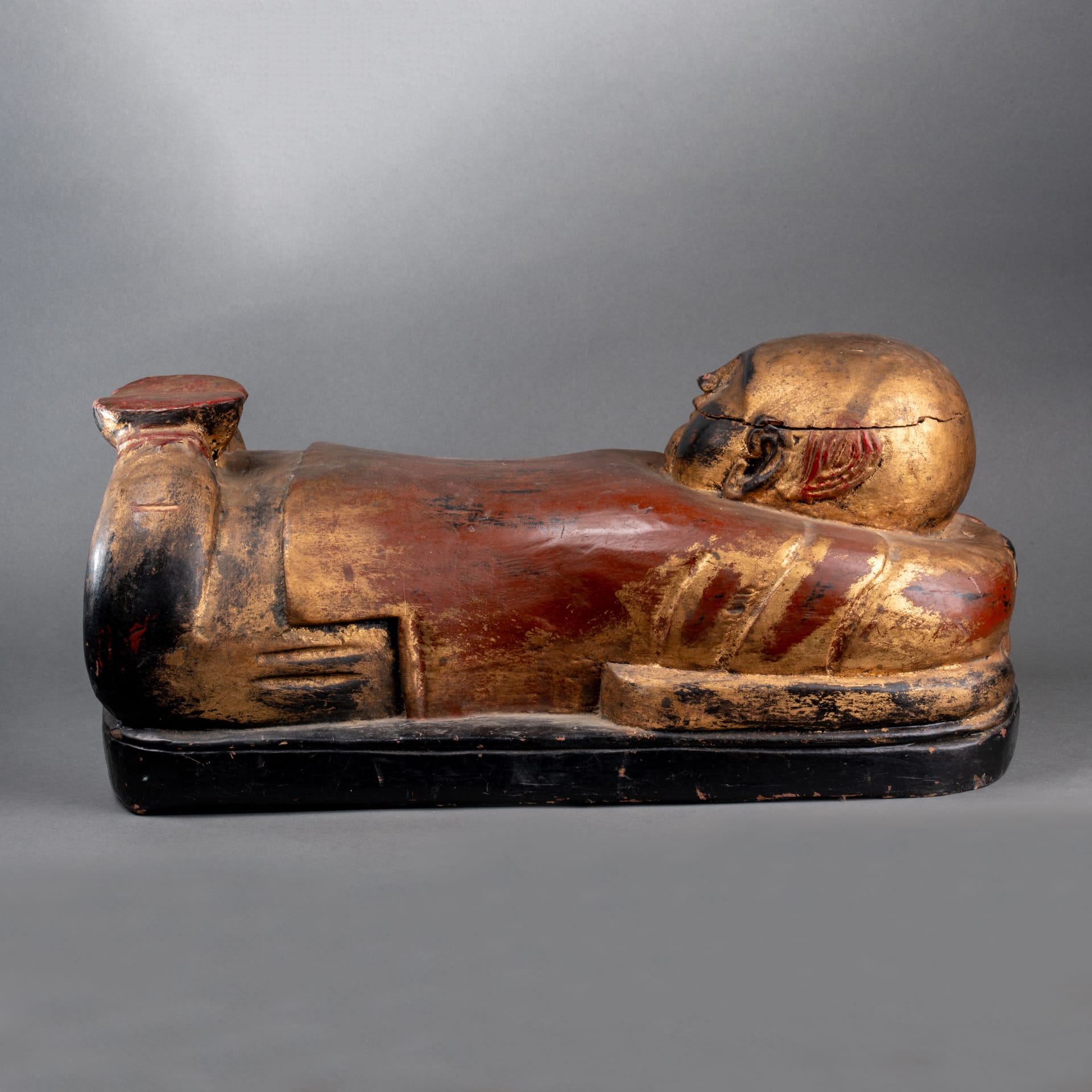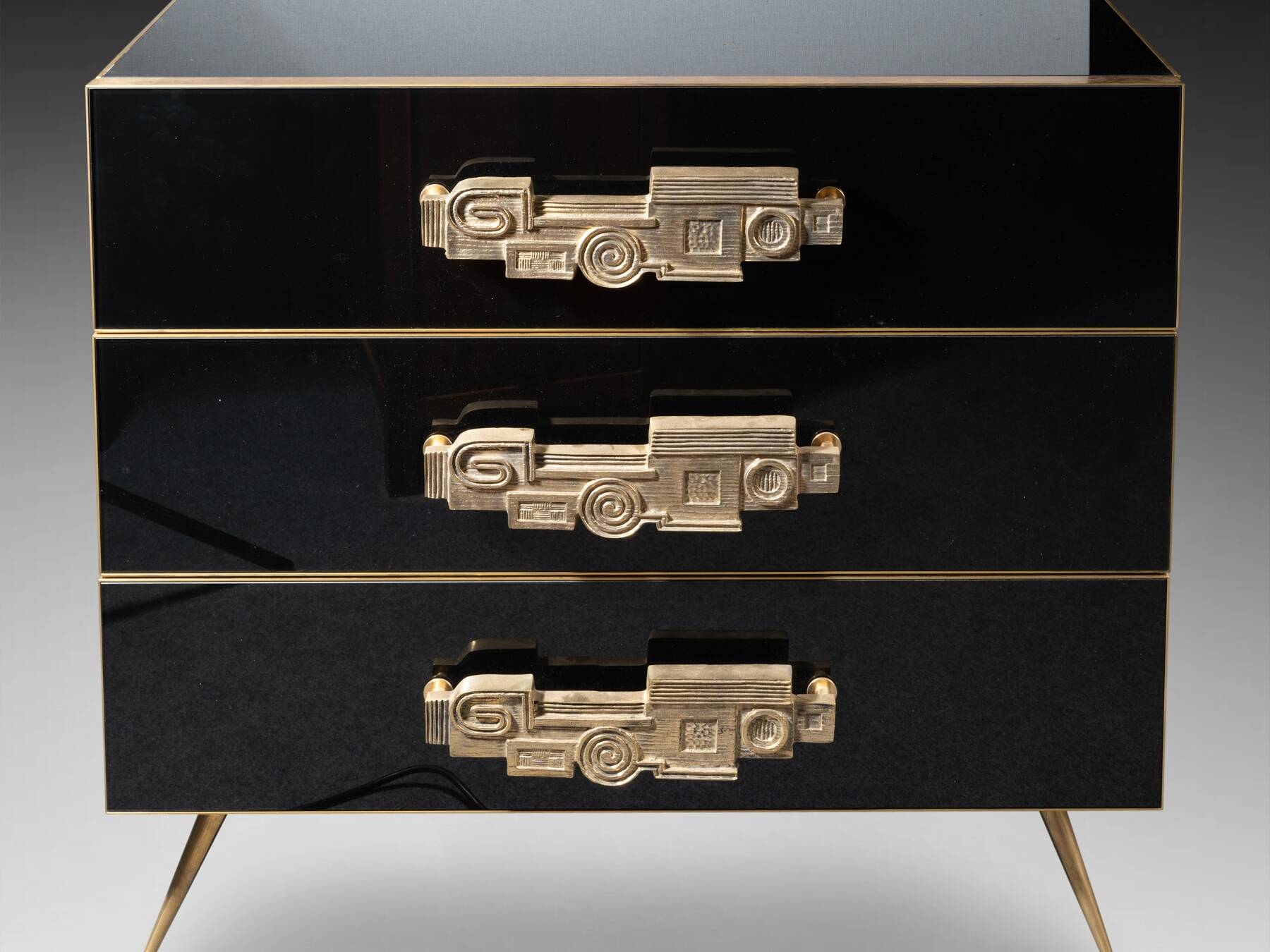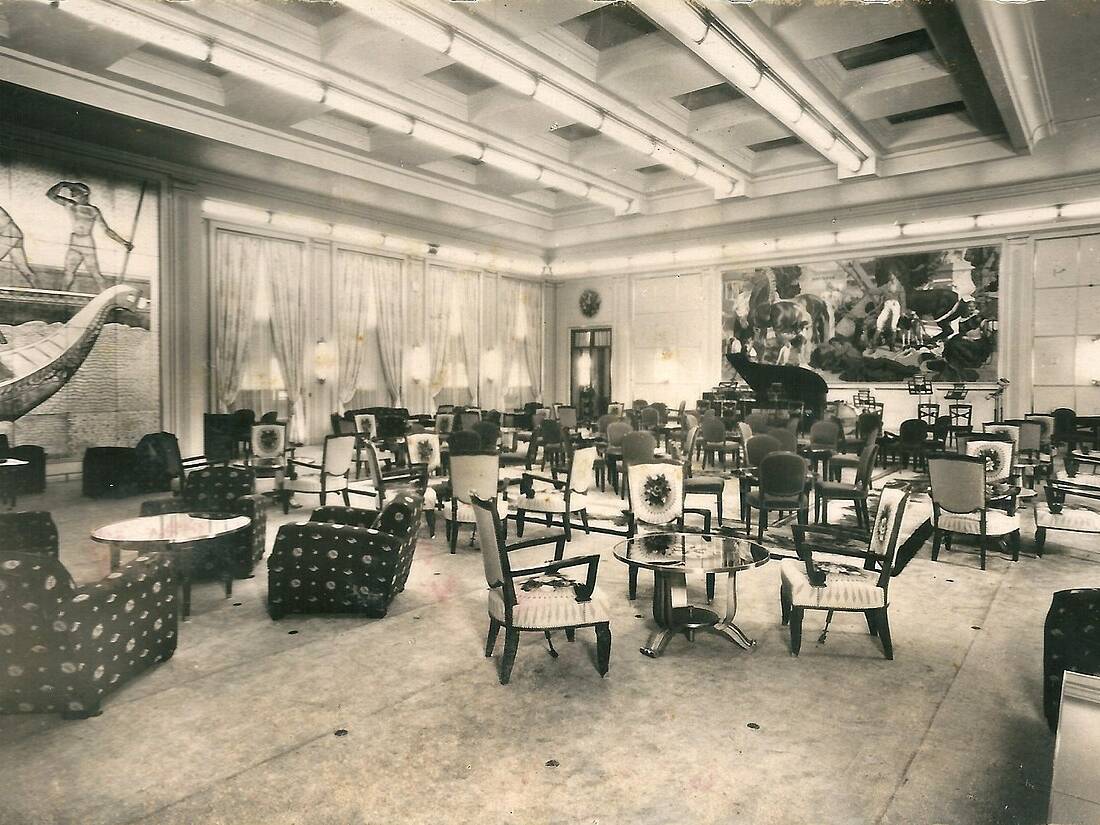Precious Pillows
Rigid pillows in China are not new. Already during the Sui dynasty (581 – 618), they were luxuriously made. Many of them, made of ceramic, were discovered in funerary contexts and may have had several functions, in addition to supporting the head of the deceased.
However, they are not just reserved for eternal sleep, far from it!
In ancient China, they were the daily life of the wealthier classes. Marble and ceramic are the preferred materials. The production of ceramic ones in particular peaked during the Song dynasty (960 – 1279) and those pieces that have come down to us are undoubtedly the most remarkable.
These are objects particularly appreciated by scholars and the aristocracy. They are credited with the ability to cool the head during the summer, to help maintain very elaborate hairstyles without damaging them (for both women and men) and to keep the eyes healthy. Furthermore, their creation in ceramic requires great skills, making each of these pillows objects of art in their own right, still very popular today.

The Ming (1421 – 1644) and Qing (1644 – 1911) dynasties observed the gradual decline of this traditional object in favor of softer pillows. However, rigid cushions remain but are now available in a wide range of materials. Leather, jade, rattan, bamboo or lacquered wood are among the most used.

Although its notion of comfort may seem relative to Westerners, the rigid pillow nevertheless allows great artistic freedom and thus adopts all kinds of physiognomies or decorations. The patterns are prophylactic or erudite, the elegant shapes are often auspicious when it comes to an animal. Sometimes the decor can even be a spiritual or philosophical text, thus participating in the elevation of the soul of those who rest there.
From the Qing onwards, colors are mainly chosen for their symbolism, like here red, the color of joy which promotes peaceful sleep.

The Chinese Pillow, a Medical Accessory
Chinese rigid pillows are not only bed accessories but medical “tools” which also serve to correct spinal defects and promote good circulation of the qi, (vital fluid circulating in and between all things) and to bring vitality and long life to the owner and user of the pillow.
It is in this desire to protect or care for the body that one or more cavities were often made in the pillow in order to place flowers or medicinal plants. Sometimes still, the pillow itself was made from a beneficial material with recognized virtues.
Thus, many pillows were carved from fragrant woods such as red cedar or aloe wood; they were then kept in boxes during the day in order to preserve their fragrances. Precious woods such as rosewood and boxwood are also carve to create this magnificent pillows.

Under the Qing (1644 – 1911), these wooden pillows seem to have been very widespread in the middle and late dynasty. The use spread throughout society and one more often founds pillows made of woven and painted bamboo or leather for travel pillows.
Our rigid wooden pillow does not have any cavity in which to place flowers or medicinal plants. Most likely, it was made from an odoriferous native wood, which is unfortunately no longer identifiable. Also, the refinement of the red and gold colors, the attention to the sculpture, indicate that the owner of this pillow had a relatively high social level, in any case important enough to acquire a piece painted and carved with taste in a fragrant and precious wood.
Another hypothesis could be that this pillow belonged to an opium den. The most luxurious establishments had refined furniture for their customers where wooden beds and pillows were essential. The physiognomy of this pillow, the soft and dozing face of the sculpted character could be a reference to the dazed feeling that smoking customers were looking for in the 19th century.

Marielle Brie
Art Historian for Art Market and Cultural Media
Author of the blog Objets d’Art et d’Histoire
Autres ressources et documentations
28 June 2025
Plaster Sculptures, Plaster Casts
For a long time, plaster casts suffered from a poor reputation. Often regarded as crude replicas, and sometimes even dismissed as inexpensive imitations, they nonetheless had…
17 April 2025
The Middle-Ages Furniture
Rare and highly sought-after, Middle-Ages furniture is making a strong comeback. An overview of this market, where enlisting the guidance of a professional is strongly advisable.
18 March 2025
Murano Glass Furniture
Since the beginning of the 20th century, Murano glassmakers have been exploring new horizons. After classic lighting and decorative art, Murano glass is now used to adorn…
16 December 2024
A bronze triton after the sculptures of François Girardon (1628 – 1715) in Versailles
This fountain element is all the more admirable as it is sculpted after the masterpieces of the Pyramid Basin, on the parterre of the North Wing of the Versailles gardens.
18 November 2024
Tyco Bookcase, by Manfredo Massironi, for Nikol International
A pure creation of optical art research in the 1960s, the Tyco library shelf designed by Manfredo Massironi invites the viewer to bring the work of art to life on a daily basis.
3 August 2024
The Ocean Liner Style
In the 20th century, the immense ocean liners connecting the Old Continent and the New World were ambassadors of tastes and innovations on both sides of the Atlantic.






